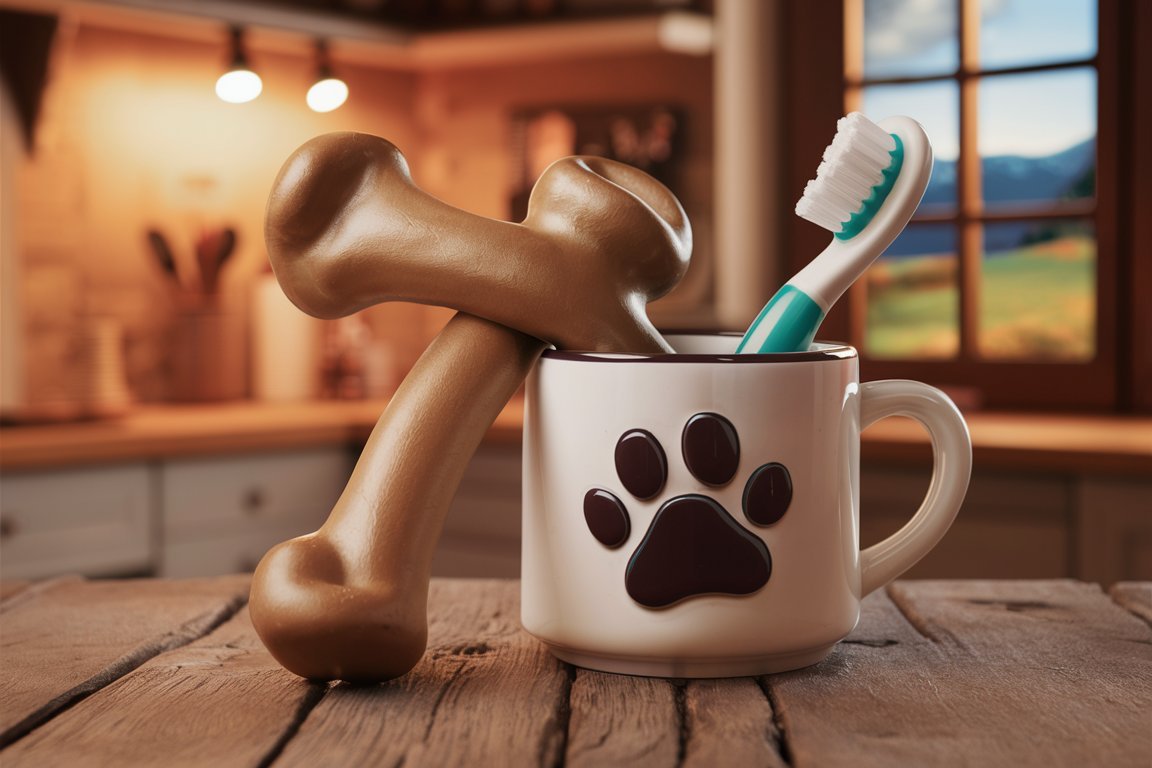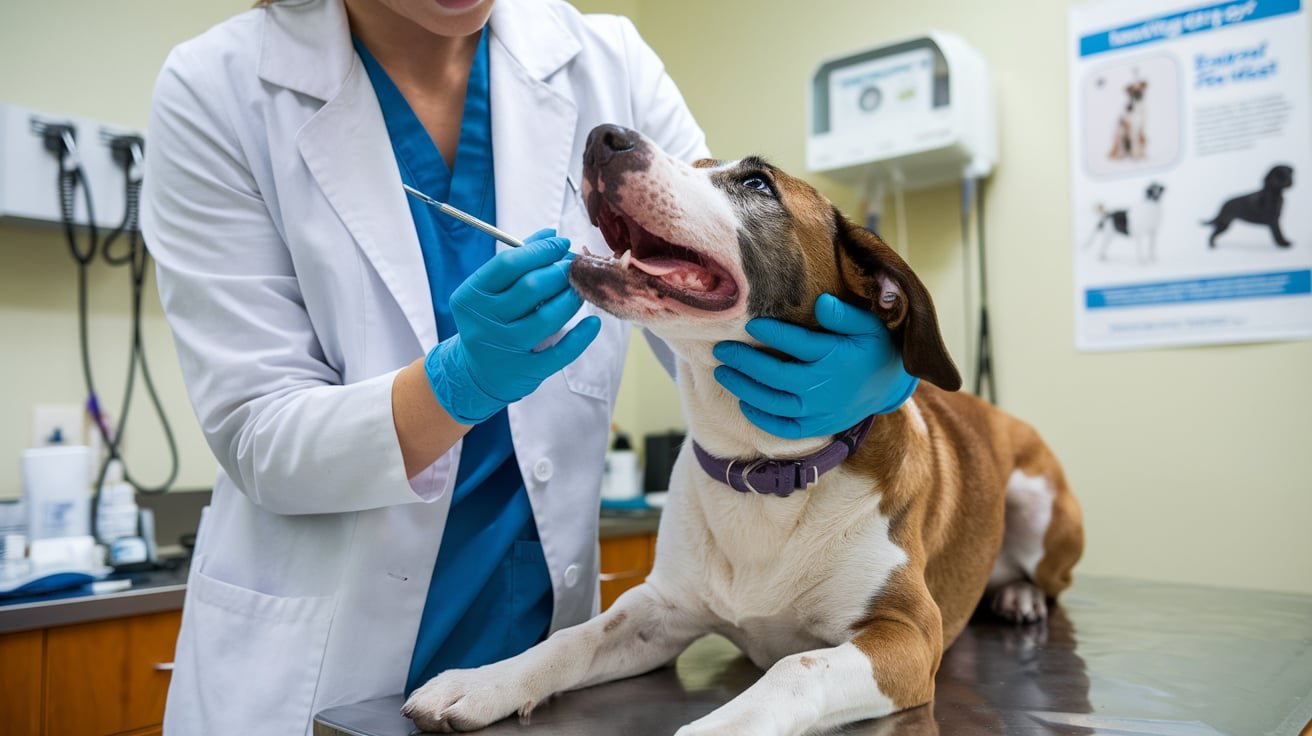The Ultimate Guide to Choosing the Perfect Dog Toothbrush
The Ultimate Guide to Choosing the Perfect Dog Toothbrush. Taking care of your dog’s teeth is just as important as taking care of your own. A dog’s dental health can impact everything from their breath to their overall well-being. But with so many toothbrush options available, choosing the right one can be overwhelming. This guide will help you navigate the world of dog toothbrushes, ensuring that you pick the perfect tool to keep your furry friend’s teeth clean and healthy.
Why Brushing Your Dog’s Teeth is Essential
Let me tell you a quick story. A friend of mine, Sarah, noticed her dog Max was starting to have really bad breath. She didn’t think much of it at first after all, “dog breath” is pretty common, right? But one day, during a visit to the vet, she learned that Max had developed early-stage periodontal disease. The vet explained that regular tooth brushing could have prevented it. Sarah felt awful, but she quickly took action, ensuring Max got the care he needed. This experience made her realize how crucial dental care for dogs is, not just for fresh breath but for their overall health.
Understanding the Different Types of Dog Toothbrushes
Choosing the right toothbrush for your dog depends on a few factors, including their size, age, and personal preferences. Here’s a breakdown of the most common types:
1. Finger Toothbrushes
These small, flexible brushes fit over your fingertip, allowing you to easily reach all areas of your dog’s mouth. They’re particularly great for puppies or dogs who are new to tooth brushing, as they provide more control.
Pros: Easy to use, gentle on gums, great for beginners.
Cons: May not be as effective for larger dogs or those with deep teeth.
2. Double-Headed Dog Toothbrushes
These brushes feature two heads one on either side angled to reach both the inside and outside of your dog’s teeth simultaneously. They’re excellent for medium to large breeds.
Pros: Efficient brushing, covers more surface area, ideal for large dogs.
Cons: Might be too large for smaller dogs.
3. Electric Dog Toothbrushes
Yes, they exist for dogs! Electric toothbrushes provide a thorough clean with minimal effort. They’re particularly useful for dogs with dental issues or those who are accustomed to regular brushing.
Pros: Provides a deep clean, great for dogs with dental problems.
Cons: More expensive, may require some getting used to.
4. Standard Dog Toothbrushes
These resemble human toothbrushes but are designed specifically for dogs. They usually have softer bristles and longer handles to reach the back teeth.
Pros: Widely available, effective, easy to find.
Cons: Some dogs might find them uncomfortable, especially if they’re not used to brushing.
How to Choose the Perfect Toothbrush for Your Dog

Step 1: Consider Your Dog’s Size
A toothbrush that’s too large might be uncomfortable, while one that’s too small might not clean effectively. For smaller dogs, finger toothbrushes are often the best choice. Larger dogs might benefit from double-headed or electric dog toothbrushes that can handle their bigger teeth.
Step 2: Think About Your Dog’s Personality
Does your dog love being groomed, or do they shy away from anything that involves their mouth? If your dog is nervous or new to tooth brushing, start with a finger toothbrush. It’s less intimidating and allows you to get them used to the sensation gradually.
Step 3: Evaluate Your Own Comfort
Brushing your dog’s teeth should be a comfortable experience for both of you. If you have trouble reaching all their teeth with a finger toothbrush, try a standard or double-headed toothbrush. If you want to make the process quicker and more efficient, an electric toothbrush might be worth the investment.
Step 4: Consult with Your Vet
Your vet knows your dog’s dental needs best. They can recommend the most suitable toothbrush based on your dog’s current oral health and any specific concerns they might have.
Tips for Getting Your Dog Used to Tooth Brushing
Introducing your dog to a new toothbrush can be a challenge, especially if they’re not used to having their teeth brushed. Here are some tips to make the transition smoother:
- Start Slow: Begin by letting your dog sniff the toothbrush. Reward them with a treat and gradually work up to touching their teeth with it.
- Use Dog-Friendly Toothpaste: Never use human toothpaste for your dog. Instead, pick a dog-friendly toothpaste with a flavor they’ll love, like chicken or peanut butter.
- Make it a Routine: Brushing your dog’s teeth regularly, ideally once a day, helps them get used to the process. Plus, it keeps their teeth clean and healthy.
- Be Patient: Some dogs take to tooth brushing right away, while others need more time. Stay calm and patient, and always reward them with praise and treats.
The Benefits of Regular Brushing
Regular tooth brushing does more than just keep your dog’s breath fresh. It helps prevent plaque buildup, gum disease, and even tooth loss. Just like in humans, poor dental hygiene in dogs can lead to more serious health issues, such as heart, liver, and kidney problems.
Another benefit? You’ll likely save on vet bills in the long run. Dental cleanings at the vet can be expensive, especially if your dog requires anesthesia. By brushing their teeth regularly, you’re investing in their long-term health.
Conclusion: Investing in Your Dog’s Health
Choosing the perfect dog toothbrush is an essential step in maintaining your dog’s overall health. By taking the time to find the right toothbrush and establishing a regular brushing routine, you’re setting your dog up for a healthier, happier life. Remember, every dog is different, so don’t hesitate to try a few options until you find the one that works best for your furry friend.
Just like Sarah and Max, you’ll soon realize that a small daily effort can make a big difference in your dog’s health. So go ahead, pick up that toothbrush, and start brushing your dog’s smile will thank you!



